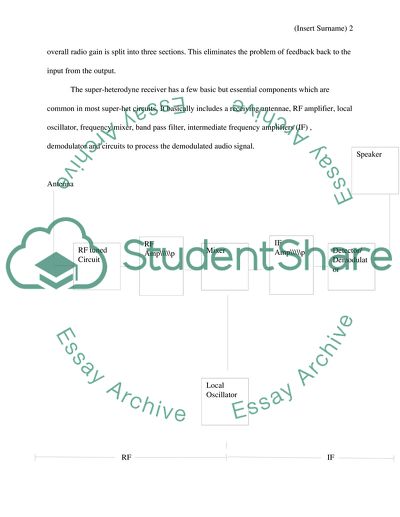Cite this document
(The Principles of the Super-heterodyne Receiver, Automatic Control in Assignment - 1, n.d.)
The Principles of the Super-heterodyne Receiver, Automatic Control in Assignment - 1. Retrieved from https://studentshare.org/technology/1771829-electronic-communication-technology
The Principles of the Super-heterodyne Receiver, Automatic Control in Assignment - 1. Retrieved from https://studentshare.org/technology/1771829-electronic-communication-technology
(The Principles of the Super-Heterodyne Receiver, Automatic Control in Assignment - 1)
The Principles of the Super-Heterodyne Receiver, Automatic Control in Assignment - 1. https://studentshare.org/technology/1771829-electronic-communication-technology.
The Principles of the Super-Heterodyne Receiver, Automatic Control in Assignment - 1. https://studentshare.org/technology/1771829-electronic-communication-technology.
“The Principles of the Super-Heterodyne Receiver, Automatic Control in Assignment - 1”, n.d. https://studentshare.org/technology/1771829-electronic-communication-technology.


